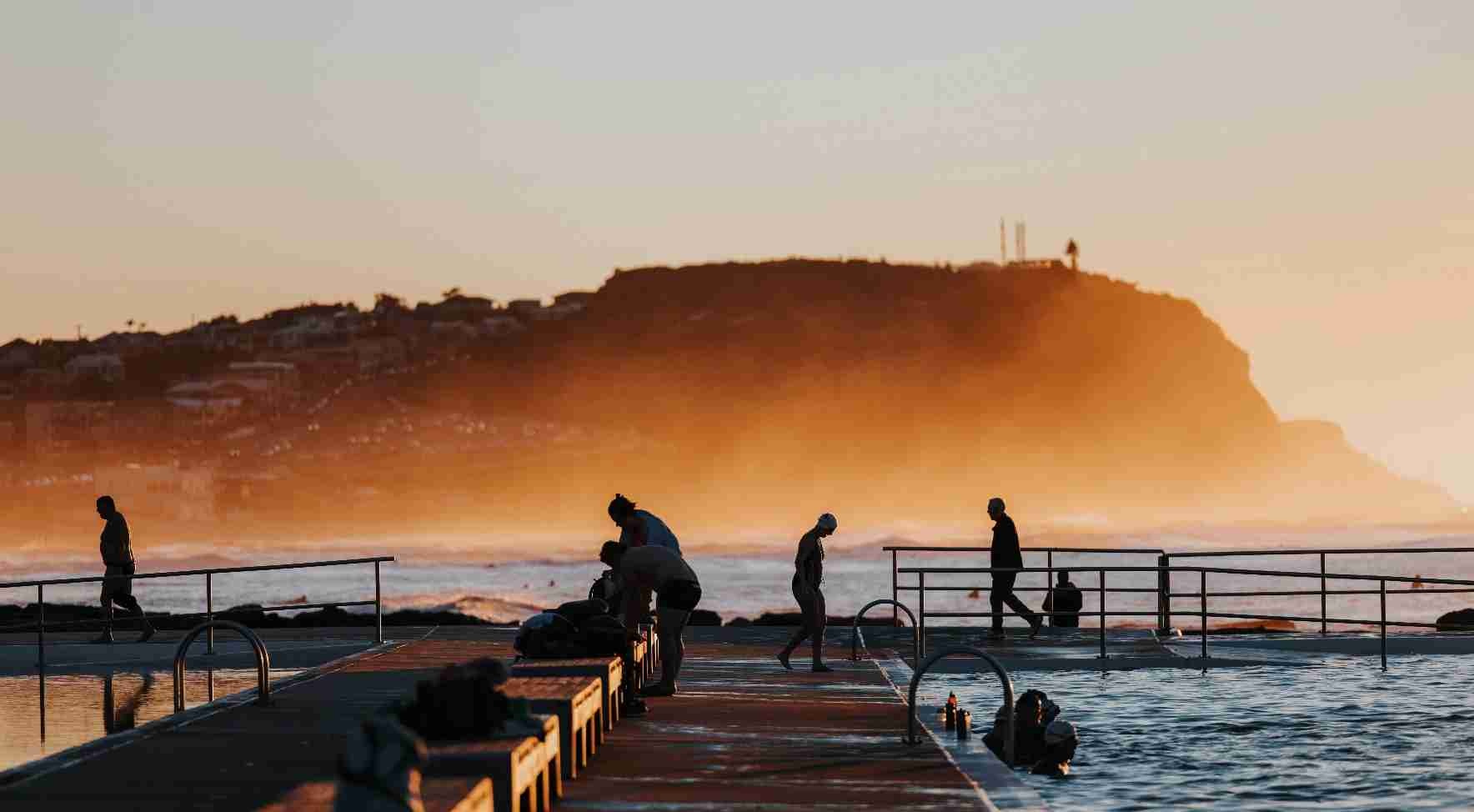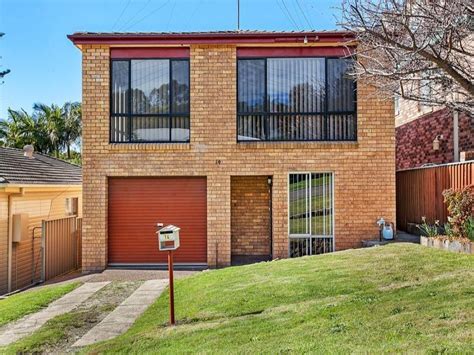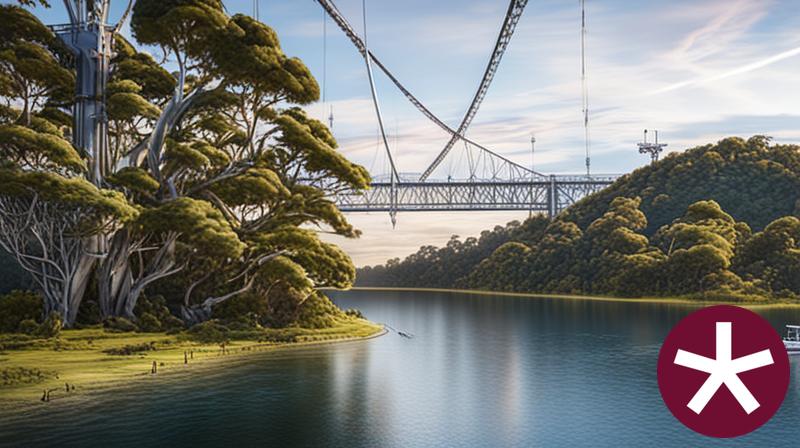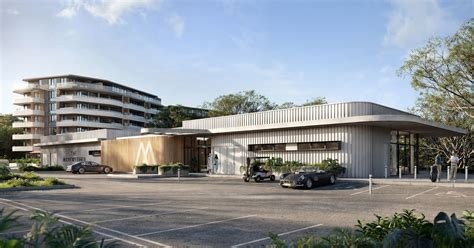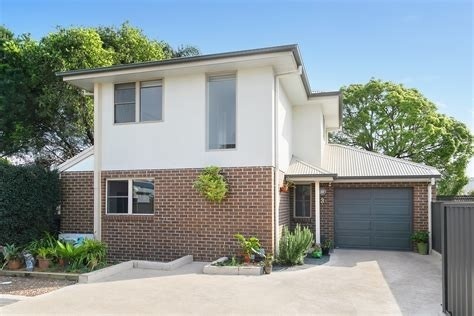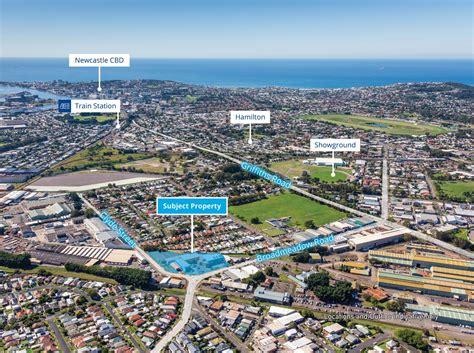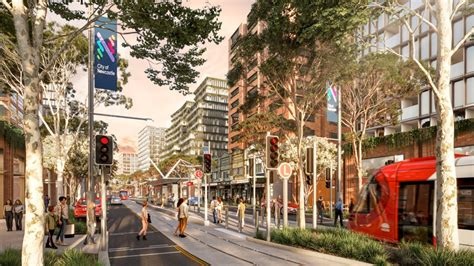Chart Color Schemes
est. as @ -- *
ABS ERP | -- people | --
2021 Census | -- people
Sales Activity
Curious about local property values? Filter the chart to assess the volume and appreciation (including resales) trends and regional comparisons, or scroll to the map below view this information at an individual property level.
Find a Recent Sale
Sales Detail
Population
Adamstown - Kotara has seen population growth performance typically on par with national averages when looking at short and medium term trends
Adamstown-Kotara's population, as of Aug 2025, is approximately 17,380, reflecting a 4.7% increase since the 2021 Census which reported 16,600 people. This growth is inferred from ABS data showing an estimated resident population of 17,326 in June 2024 and 193 new addresses validated since the Census date. The population density ratio is 2,167 persons per square kilometer, above national averages assessed by AreaSearch. Adamstown-Kotara's growth rate is competitive with non-metro areas at 4.7%. Overseas migration contributed approximately 47.3% of recent population gains, with all drivers being positive factors. AreaSearch uses ABS/Geoscience Australia projections for each SA2 area released in 2024 with a base year of 2022, and NSW State Government's SA2 level projections for areas not covered by this data, released in 2022 with a base year of 2021.
Growth rates by age group are applied to all areas from these aggregations for years 2032 to 2041. By 2041, based on the latest population numbers, Adamstown-Kotara is expected to increase by approximately 1,237 persons, reflecting a total increase of around 6.8% over the 17-year period.
Frequently Asked Questions - Population
Development
AreaSearch assessment of residential approval activity sees Adamstown - Kotara among the top 30% of areas assessed nationwide
Adamstown - Kotara has recorded approximately 97 residential properties granted approval each year. Development approval data is produced by the Australian Bureau of Statistics on a financial year basis, totalling 487 approvals across the past five financial years from FY-20 to FY-25, with three approvals so far in FY-26. On average, over these five years, each dwelling has accommodated approximately 2.2 new residents per year, indicating solid demand which supports property values. New homes are being constructed at an average expected cost of $518,000.
This financial year, there have been $12.9 million in commercial approvals, suggesting steady commercial investment activity. Compared to the Rest of NSW, Adamstown - Kotara shows 18.0% lower construction activity per capita while it ranks among the 57th percentile nationally when considering areas assessed. New building activity comprises approximately 41.0% detached houses and 59.0% townhouses or apartments, reflecting a shift towards higher-density living which creates more affordable entry points for downsizers, investors, and first-home buyers. This marks a significant change from the existing housing pattern, currently at 82.0% houses, potentially due to diminishing developable land availability and evolving lifestyle preferences and housing affordability needs. With around 276 people per approval, Adamstown - Kotara reflects a low-density area.
Population forecasts indicate that Adamstown - Kotara will gain approximately 1,183 residents by 2041. Given current construction levels, housing supply should adequately meet demand, creating favourable conditions for buyers while potentially enabling population growth that exceeds current forecasts.
Frequently Asked Questions - Development
Infrastructure
Adamstown - Kotara has strong levels of nearby infrastructure activity, ranking in the top 30% nationally
The performance of an area can significantly be influenced by changes in local infrastructure, major projects, and planning initiatives. AreaSearch has identified 18 such projects that are expected to impact the area. Among these key projects are The Merewether Residences, Westfield Kotara Mixed-Use Redevelopment, Kotara Transport Oriented Development Precinct, and John Hunter Health and Innovation Precinct. The following list details those projects likely to be most relevant.
Professional plan users can use the search below to filter and access additional projects.
INFRASTRUCTURE SEARCH
Frequently Asked Questions - Infrastructure
John Hunter Health and Innovation Precinct
The John Hunter Health and Innovation Precinct expands and redevelops John Hunter Hospital in Newcastle with a new seven-storey Acute Services Building, enlarged emergency and critical care capacity, additional operating theatres, maternity and neonatal services, research spaces, public realm improvements and a multi-storey car park. Stage 1 has an indicative budget of about $835 million and has been delivered by Health Infrastructure NSW with Multiplex as the main contractor and BVN as architect.
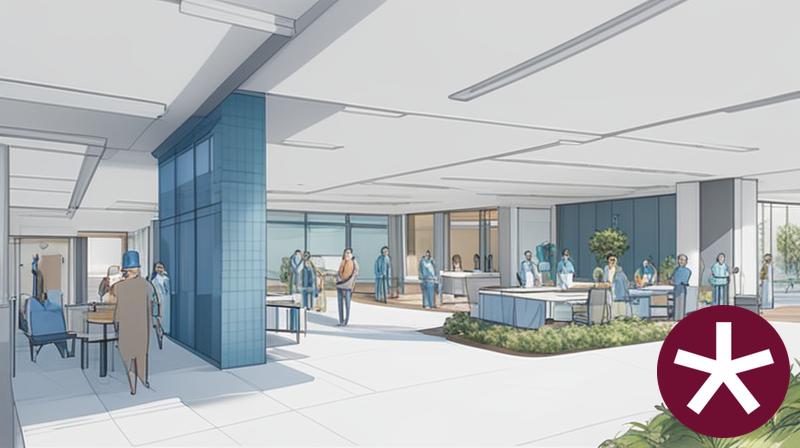
John Hunter Health and Innovation Precinct
Redevelopment and expansion of the John Hunter Health Campus to deliver the John Hunter Health and Innovation Precinct. The core of the project is a new seven-storey Acute Services Building which will include an expanded Emergency Department, a 60% increase in Intensive Care Unit capacity, 50% more operating theatres, and new maternity and neonatal intensive care units. The project is scheduled for practical completion in 2026.
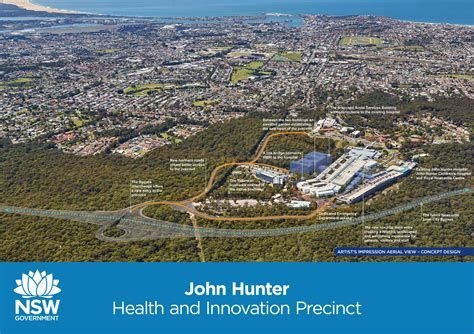
Westfield Kotara Mixed-Use Redevelopment
Scentre Group is exploring rezoning opportunities with the NSW Government to potentially develop a mixed-use precinct at the Westfield Kotara site. This is part of Scentre Group's long-term $4+ billion pipeline focused on integrating living, working, and shopping spaces on their strategic land holdings. The vision for Kotara may include a large-scale residential component, adding housing supply near the existing retail hub, reflecting a shift towards creating 'town centres of the future.' As of early 2025, Scentre Group had commenced preliminary talks about rezoning at the Kotara centre, with the overall goal of securing rezoning approvals for residential development on a number of its sites.
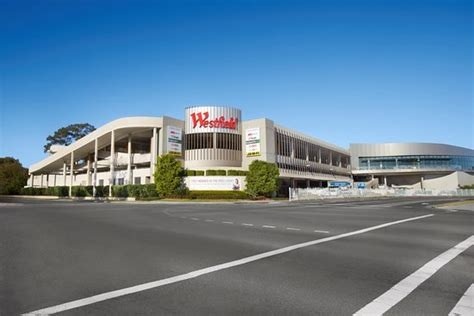
Kotara Transport Oriented Development Precinct
The Kotara Transport Oriented Development (TOD) Precinct is part of the NSW Government's TOD Program. New planning controls, which commenced on **13 May 2024**, apply to land generally within **400m of Kotara station** to encourage higher-density residential and mixed-use development. This involves allowing residential flat buildings and shop-top housing with a maximum building height of **22m** (approx. 7 storeys) and a maximum Floor Space Ratio (FSR) of **2.5:1** within certain zones. These changes aim to deliver more affordable and well-located homes near public transport. The controls were implemented through the State Environmental Planning Policy (Housing) - Chapter 5 Transport Oriented Development.
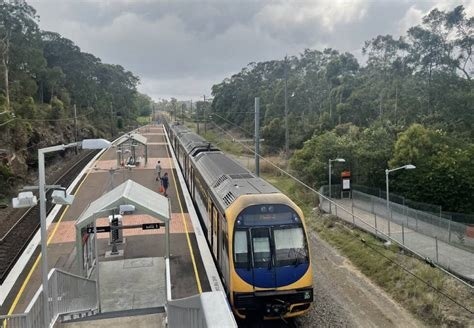
Hunter Indoor Sports Centre
A state-of-the-art 12-court indoor sports facility featuring a show court with seating for 2500 people, multi-purpose areas for basketball, netball, volleyball, futsal, pickleball, wheelchair sports and badminton, plus health suites, cafe, gym and car parking. The facility aims to address the region's critical shortage of indoor sports infrastructure and replace the aging 55-year-old Newcastle Basketball Stadium.
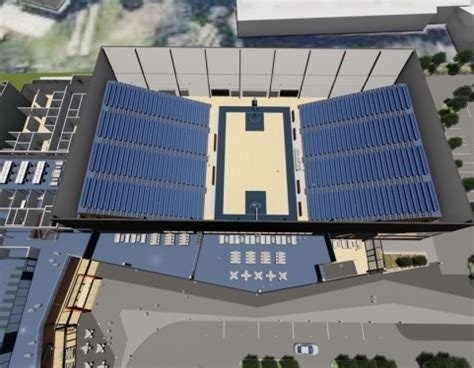
Uniting Charlestown
A $300 million landmark residential aged care development featuring 120-bed residential aged care facility, 203 independent living units, and 133 residential apartments across four buildings varying 5-14 storeys. Includes community facilities, wellness centre, swimming pool, clubhouse, cafe, chapel/multi faith space, and landscaped grounds. Project management by TSA Riley, architecture by Plus Architecture.
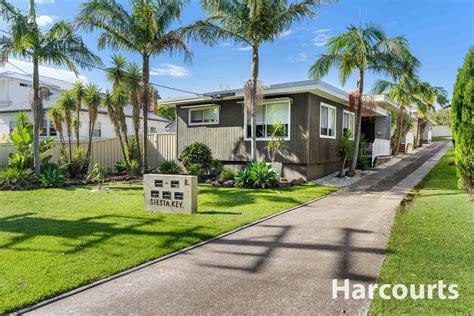
Adamstown Renewal Corridor
The Adamstown Renewal Corridor is a strategic urban renewal initiative under the Newcastle Development Control Plan 2012, promoting housing intensification, mixed-use developments, economic renewal, and redevelopments of specific sites such as the former Adamstown Public School and Council Library to enhance density, streetscapes, and public spaces.
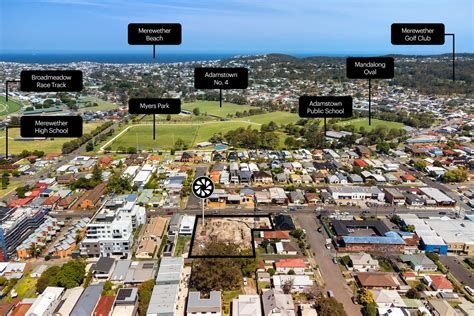
Newcastle Inner City Bypass - Rankin Park to Jesmond
The 3.4 km Rankin Park to Jesmond section is the fifth and final stage of the Newcastle Inner City Bypass. It delivers a new four lane divided road with three interchanges (southern at Lookout Road, hospital, and northern at Newcastle Road), removes up to 30,000 vehicles per day from local roads, and provides off road links for pedestrians and cyclists including a new steel arch bridge at the northern interchange. Traffic switches at Jesmond (Dec 2024) and Lookout Rd/McCaffrey Dr (mid 2025) mark major milestones. Opening to traffic is targeted for late 2025, weather permitting.
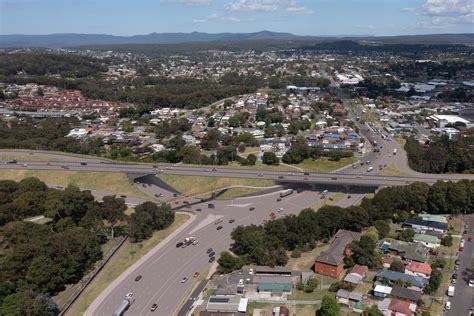
Employment
The labour market in Adamstown - Kotara shows considerable strength compared to most other Australian regions
Adamstown-Kotara has a well-educated workforce with strong representation in essential services sectors. Its unemployment rate was 2.5% as of June 2025, with an estimated employment growth of 2.0% over the past year.
As of this date, 9,922 residents were employed while the unemployment rate was 1.2% lower than Rest of NSW's rate of 3.7%. Workforce participation was notably higher at 68.1%, compared to Rest of NSW's 56.4%. Resident employment is concentrated in healthcare & social assistance, education & training, and construction. The area shows significant specialization in professional & technical services, with an employment share 1.7 times the regional level.
Conversely, agriculture, forestry & fishing had lower representation at 0.3% compared to the regional average of 5.3%. Despite local employment opportunities, many residents commute elsewhere for work based on Census working population data. Over the year ending June 2025, employment increased by 2.0%, while labour force grew by 2.5%, leading to a rise in unemployment by 0.5 percentage points. In comparison, Rest of NSW saw an employment decline of 0.1% with unemployment rising by 0.4 percentage points. State-level data from Sep-25 shows NSW employment contracted by 0.41% (losing 19,270 jobs), with the state unemployment rate at 4.3%. This compares favourably to the national unemployment rate of 4.5%, but lags behind national employment growth of 0.26%. Jobs and Skills Australia's national employment forecasts from May 2025 project national employment expansion by 6.6% over five years and 13.7% over ten years. Applying these projections to Adamstown-Kotara's employment mix suggests local growth of approximately 7.1% over five years and 14.5% over ten years, although this extrapolation is illustrative and does not consider localized population projections.
Frequently Asked Questions - Employment
Income
Income metrics indicate excellent economic conditions, with the area achieving higher performance than 75% of national locations assessed by AreaSearch
Adamstown-Kotara's median income among taxpayers was $58,506 in financial year 2022. The average income stood at $72,791 during the same period. This compares to figures for Rest of NSW which were $49,459 and $62,998 respectively. Based on a Wage Price Index growth of 10.6% since financial year 2022, current estimates would be approximately $64,708 (median) and $80,507 (average) as of March 2025. From the Census conducted in 2021, household incomes in Adamstown-Kotara cluster around the 71st percentile nationally. Income analysis reveals that 30.7% of the population fall within the $1,500 - $2,999 income range, with 5,335 individuals in this category. This is consistent with broader trends across the region showing 29.9% in the same income bracket. Economic strength is evident through 31.7% of households achieving high weekly earnings exceeding $3,000, which supports elevated consumer spending. Housing accounts for 14.4% of income. Strong earnings rank residents within the 73rd percentile for disposable income. The area's SEIFA income ranking places it in the 7th decile.
Frequently Asked Questions - Income
Housing
Adamstown - Kotara is characterized by a predominantly suburban housing profile, with above-average rates of outright home ownership
Adamstown-Kotara's dwelling structure, as per the latest Census, comprised 82.1% houses and 18.0% other dwellings (semi-detached, apartments, 'other' dwellings). Non-Metro NSW had 70.5% houses and 29.5% other dwellings. Home ownership in Adamstown-Kotara was 35.4%, with mortgaged dwellings at 37.2% and rented at 27.4%. The median monthly mortgage repayment was $2,167, above Non-Metro NSW's average of $1,962. Median weekly rent in Adamstown-Kotara was $410, compared to Non-Metro NSW's $400. Nationally, mortgage repayments were higher at $2,167 than the Australian average of $1,863, and rents exceeded the national figure of $375.
Frequently Asked Questions - Housing
Household Composition
Adamstown - Kotara features high concentrations of group households, with a higher-than-average median household size
Family households constitute 71.7% of all households, including 33.7% couples with children, 26.2% couples without children, and 10.6% single parent families. Non-family households comprise the remaining 28.3%, with lone person households at 23.7% and group households making up 4.5%. The median household size is 2.6 people, which is larger than the Rest of NSW average of 2.4.
Frequently Asked Questions - Households
Local Schools & Education
The educational profile of Adamstown - Kotara exceeds national averages, with above-average qualification levels and academic performance metrics
Educational attainment in Adamstown-Kotara is notably higher than broader benchmarks. 34.0% of residents aged 15 years and above have university qualifications, compared to 21.3% in the rest of NSW and 26.1% in the SA4 region. Bachelor degrees are most common at 23.5%, followed by postgraduate qualifications (7.3%) and graduate diplomas (3.2%). Vocational credentials are also prominent, with 33.5% of residents holding them - advanced diplomas account for 11.1% while certificates make up 22.4%.
Educational participation is high at 30.9%, including 10.5% in primary education, 7.7% in secondary education, and 6.8% pursuing tertiary education. There are 8 schools operating within Adamstown-Kotara, educating approximately 3,672 students. The area has above-average socio-educational conditions (ICSEA: 1055). It includes 5 primary, 2 secondary, and 1 K-12 school. School capacity exceeds typical residential needs at 21.1 places per 100 residents compared to the regional average of 15.6, indicating Adamstown-Kotara serves as an educational center for the broader region.
Frequently Asked Questions - Education
Schools Detail
Nearby Services & Amenities
Transport
Transport servicing is good compared to other areas nationally based on assessment of service frequency, route connectivity and accessibility
Adamstown - Kotara has 180 active public transport stops offering a mix of train and bus services. These stops are served by 59 individual routes that collectively facilitate 3,143 weekly passenger trips. The area's transport accessibility is rated excellent, with residents typically situated 124 meters from the nearest stop.
On average, service frequency stands at 449 daily trips across all routes, equating to approximately 17 weekly trips per individual stop.
Frequently Asked Questions - Transport
Transport Stops Detail
Health
Adamstown - Kotara's residents are healthier than average in comparison to broader Australia with prevalence of common health conditions quite low among the general population though higher than the nation's average across older, at risk cohorts
Adamstown - Kotara's health data shows a relatively positive picture.
Common health conditions are less prevalent here compared to the general population but higher than national averages among older, at-risk groups. Approximately 56% (~9,732 people) of residents have private health cover, which is very high. Mental health issues and asthma are the most common medical conditions in the area, affecting 9.5 and 7.9% of residents respectively. About 68.7% of residents declare themselves completely clear of medical ailments, compared to 64.9% across Rest of NSW. The area has 15.3% (2,652 people) of residents aged 65 and over, which is lower than the 16.7% in Rest of NSW. However, health outcomes among seniors require more attention than those for the broader population.
Frequently Asked Questions - Health
Cultural Diversity
Adamstown - Kotara ranks below the Australian average when compared to other local markets across a number of language and cultural background related metrics
Adamstown-Kotara had a cultural diversity level below average, with 87.2% of its residents born in Australia, 93.0% being citizens, and 91.6% speaking English only at home. Christianity was the predominant religion, comprising 48.7% of Adamstown-Kotara's population. Notably, Judaism, at 0.1%, was proportionally similar to its representation across Rest of NSW.
The top three ancestry groups were English (30.0%), Australian (28.5%), and Irish (9.6%). Some ethnic groups showed notable differences: Welsh was overrepresented at 0.9% compared to the regional average of 0.8%, Macedonian at 1.3% versus 0.8%, and Scottish at 8.7% versus 8.4%.
Frequently Asked Questions - Diversity
Age
Adamstown - Kotara's population is slightly younger than the national pattern
The median age in Adamstown-Kotara is 36 years, which is significantly below Rest of NSW's average of 43 years. This makes it somewhat younger than Australia's median age of 38 years. The 25-34 age group has a strong representation at 14.9% compared to the rest of NSW, while the 65-74 cohort is less prevalent at 7.3%. According to post-2021 Census data, the 25-34 age group has grown from 13.5% to 14.9% of the population. Conversely, the 75-84 cohort has declined from 6.0% to 5.2%. Population forecasts for 2041 indicate substantial demographic changes in Adamstown-Kotara. The 25-34 age group is expected to grow by 28%, reaching 3,312 people from the current 2,589. Conversely, the 75-84 and 5-14 cohorts are projected to experience population declines.
